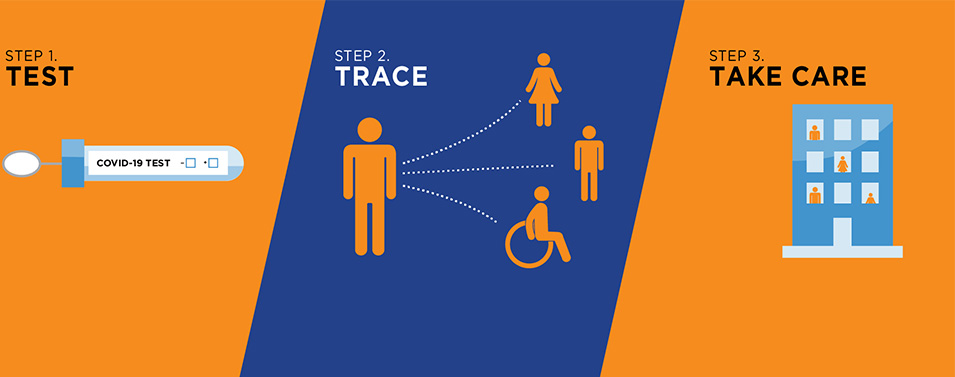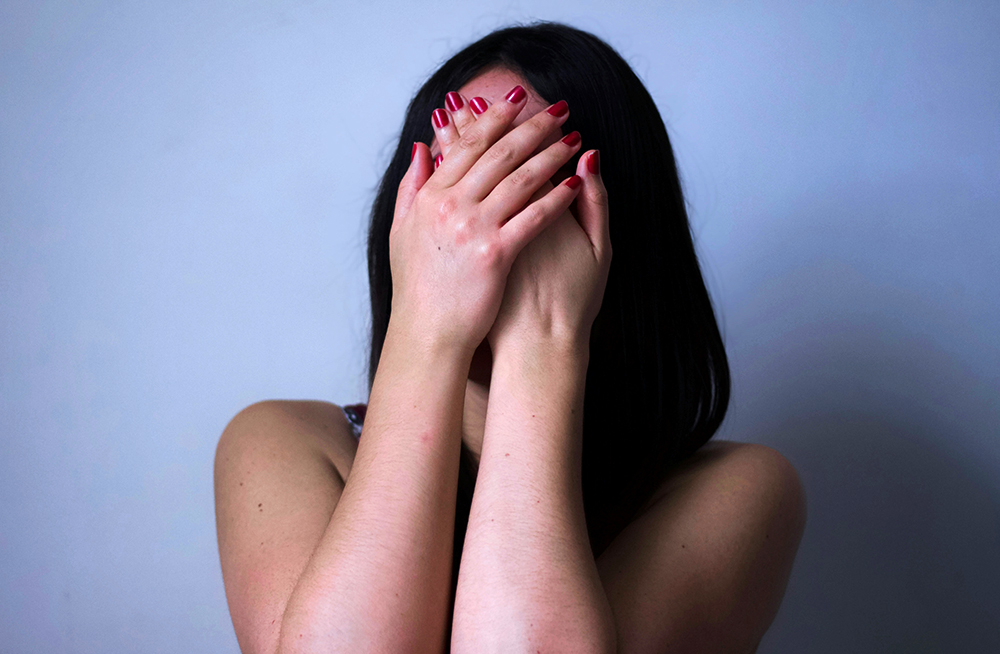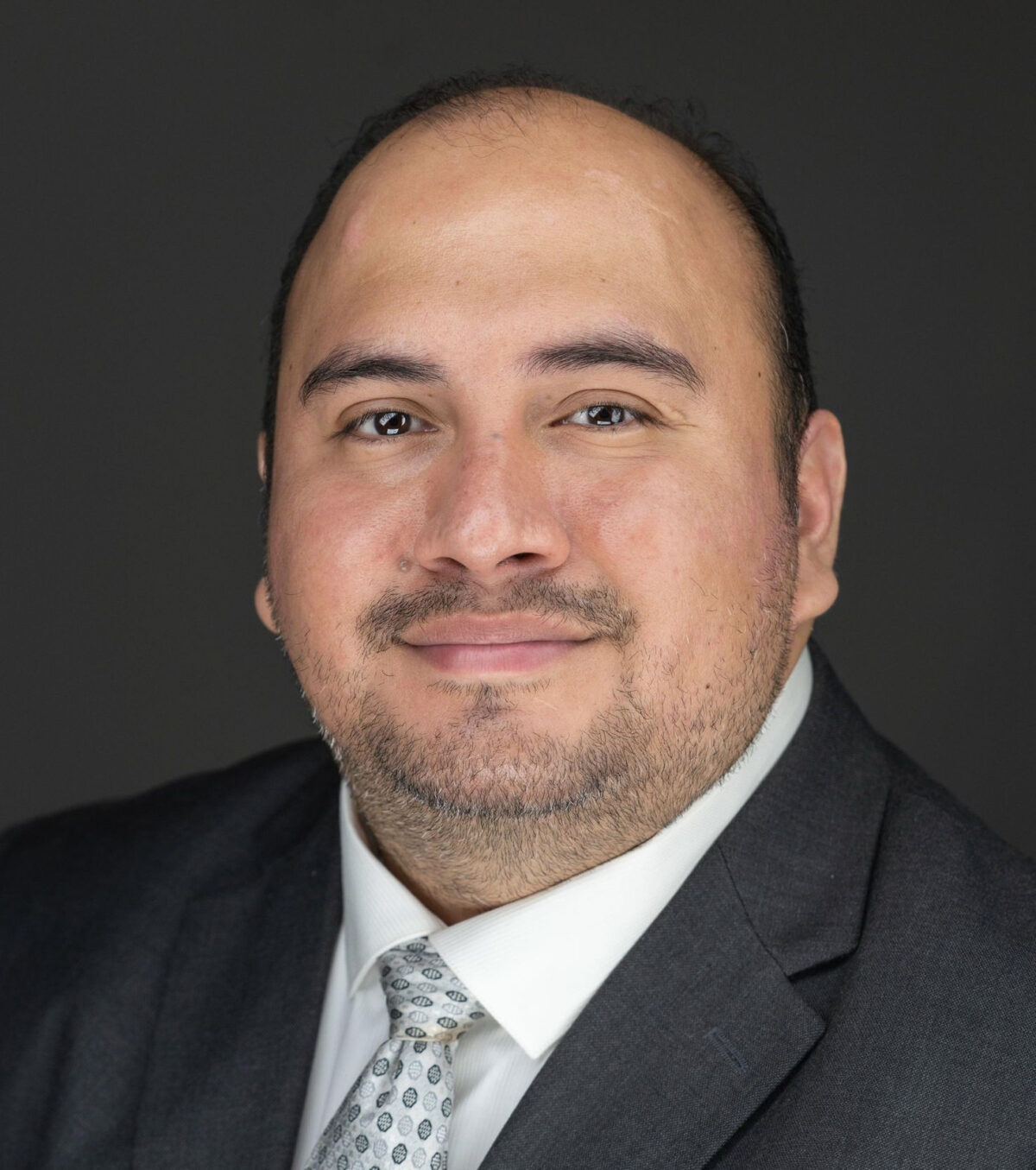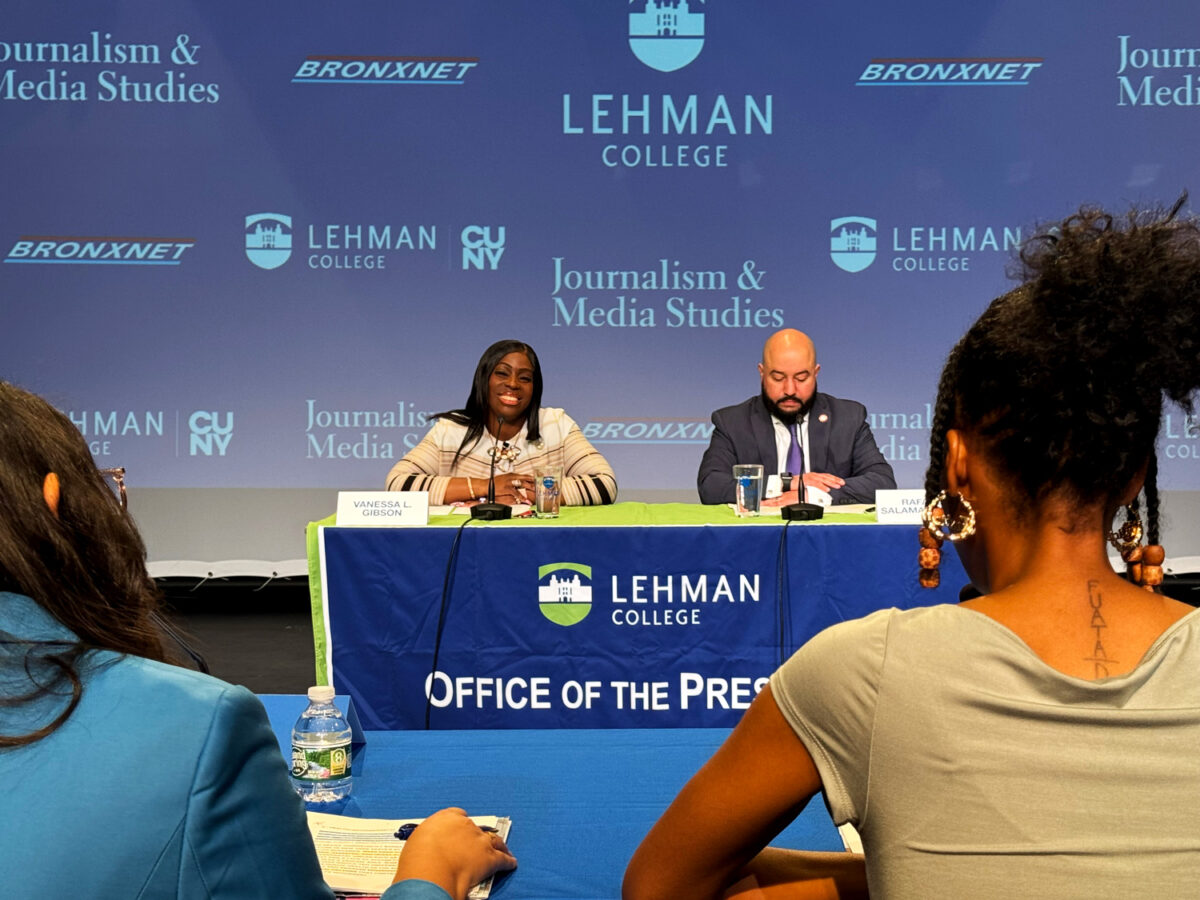By Yolanda Hidalgo
Contact tracers conduct thousands of daily calls to try and monitor the spread of the coronavirus in New York City. They also provide services such as assistance with food, health insurance and the option to quarantine at a hotel free of charge.
The New York City Health Department passes on contact information for those infected to tracers, who try to figure out who the person had the contact with and where they have been in the past few weeks. New York City contact tracers do case investigations on people who have tested positive for the disease. The intake call can last anywhere from 15-25 minutes. At this time, tracers offered a care package with some personal protective equipment (PPE) and also ask if the sick if they’d like to receive a home testing kit.
Intake calls lead to daily monitoring calls within their individualized period, which is either 10 days from their first symptom date or 10 days from their testing date if the person is asymptomatic. Some people can start to become frustrated by the repeated calls or, in the rare case, they say they love them. Everyday throughout their monitoring period, people have a choice of either completing the check in by SMS or receiving a daily call. During this call, they are read a list of symptoms in which they reply yes or no. If they respond yes, tracers ask about the progression of the symptoms. During the call, people are also informed that they have the option of staying at a city hotel for the duration of their quarantine or isolation if they are unable to safely separate at home. At these hotels, they are offered three meals, have WIFI and a phone. The LaGuardia Plaza Hotel in Queens is one of the hotels in the program.
Also, during the monitoring call, recipients can be referred to a resource navigator who can provide assistance with food, health insurance, medication, help applying for government benefits such as SNAP, and addressing tenant or housing issues. The most common request is for food. Many people say they find this a “blessing,” because it helps them get food to their homes since they are not able to go outside. Equally importantly, it can help put food on the tables of those economically affected by the pandemic.
Some people complain that they have not received the callback from the resource navigator in which case it gets sent to a supervisor for further action to get the resource to the patient. Often people say they have not received the care package which has some PPE such as masks, hand sanitizers, an oximeter (to measure oxygen levels) and a thermometer. “I feel bad when I hear this because some people don’t have masks and can’t get them, they need to be more on top of that,” says contact tracer Ms. Perez.
There is also a Test and Trace hotline (212) COVID19. By pressing 2 people can speak to a nurse or provider if they have any medical questions about any of the symptoms or about COVID. This can be very helpful but sometimes doesn’t work for everyone. One man I spoke with said he could not get a hold of his doctor and had a question about a medication. He said he called three times and all three times was told he would be called back but no one got back to him. He said he ended up calling his native Honduras where he spoke to his brother, a doctor for the answer he was looking for. I apologized on that department’s behalf and said I’d make note of it. He said that’s fine that already got the answer to his question, although it took a long-distance call.
Although some people feel frustrated because the monitoring calls are repetitive, many others find a sense of security in knowing that they are being taken care of. One woman told me, “You are all doing an incredible job, this is great.” Many people says it feel good to be monitored. Others feel like it gives them the chance to speak to someone because they are alone in quarantine. Contact tracers can help brighten some people’s day by just doing their job and providing that interaction.








No comments